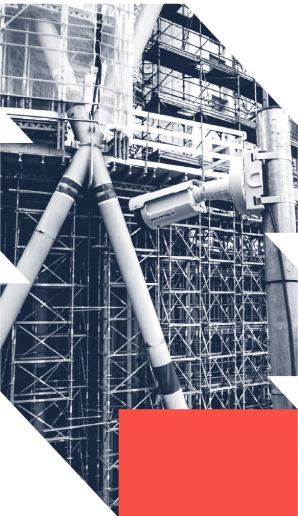AI Assistants for Architects: How Far Can We Go?
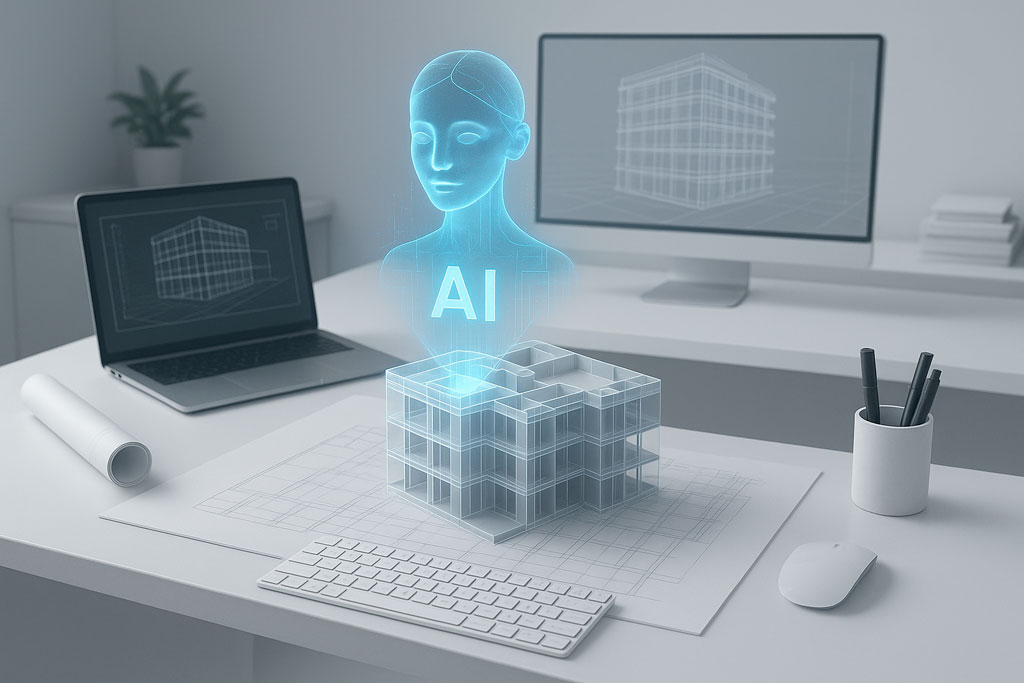
Artificial intelligence for architects is everywhere in the headlines. From the way we interact with technology to how we make decisions, AI is no longer a distant concept: it’s a daily reality.
In the AECO industry, the promise is familiar: “AI is about to radically transform practice.”
But how true is that? Are AI assistants already reshaping the daily work of architects, or is the promise still greater than the practice? And ultimately: how far can we go?
The Hype about AI for Architects: Endless Promises
The hype surrounding AI in architecture is hard to ignore: assistants capable of generating infinite and complex design ideas, copilots that claim to automate every technical detail, and tools that suggest the architect of the future will be more of a supervisor than a creator.
It’s a vision in which the machine is no longer a neutral instrument, but an active partner, ready to solve problems, offer solutions, and even make creative choices.
The media reinforces this narrative by portraying AI as inevitable and unstoppable, often framing it as a disruptive force that is only a step away from becoming indispensable.
This story is seductive. It paints a picture of freedom: architects released from repetitive tasks, firms boosted by unprecedented efficiency, and design possibilities limited only by imagination.
Yet, the more compelling the promise, the more important it becomes to ask: what is really happening inside the industry today?
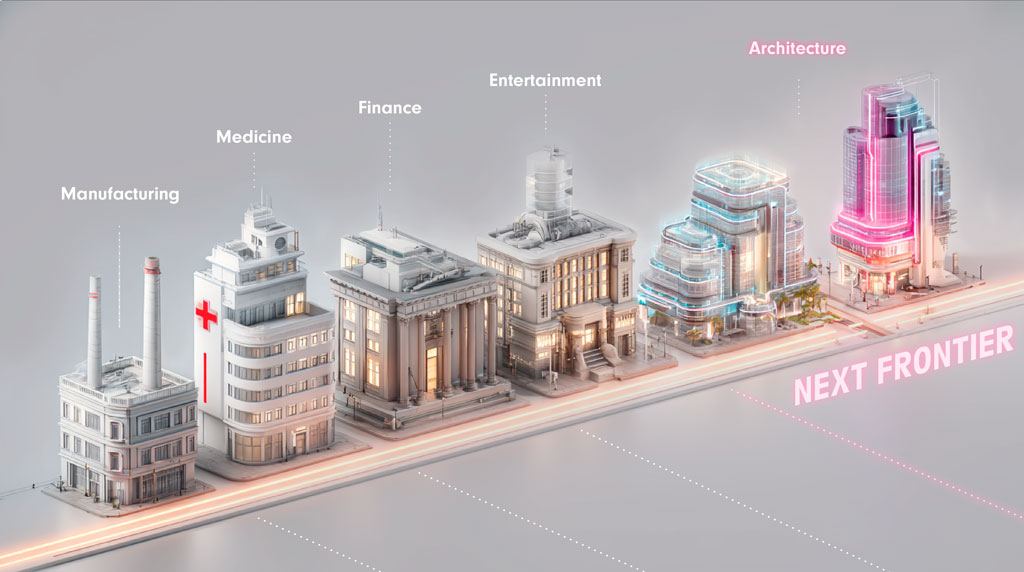
The Reality: Where We Actually Stand
The current landscape is far more nuanced. Surveys show that adoption is still modest:
6% of architects use AI regularly in their daily work
This suggests that while experimentation is happening, routine integration remains rare, and also highlights the distance between expectation and actual practice.
Typical uses include chatbots for quick queries
Also, image generators for early-stage ideation, and text tools for drafting or editing. Helpful, but far from reshaping the discipline at scale.
8% of firms have formally implemented AI solutions
While another 20% are piloting them. The vast majority remain cautious, waiting to see clearer value before moving further.
84% of professionals believe AI has strong potential
To automate manual, time-consuming tasks. Optimism is high, which reflects the desire to redirect human talent toward higher-value work.
74% expect AI will make research and information-gathering more efficient.
This expectation points to a recognition of AI’s strength in processing large amounts of information faster than humans could.
90% highlight risks
Accuracy, data security, intellectual property, transparency, and authenticity. This near-universal concern signals that ethical and legal frameworks will need to evolve alongside adoption.
So yes, AI is present in AECO, but mostly at the edges. It is improving workflows in incremental ways rather than revolutionizing the heart of practice.
This raises an important question: if the technology is here, why isn’t its impact more visible?
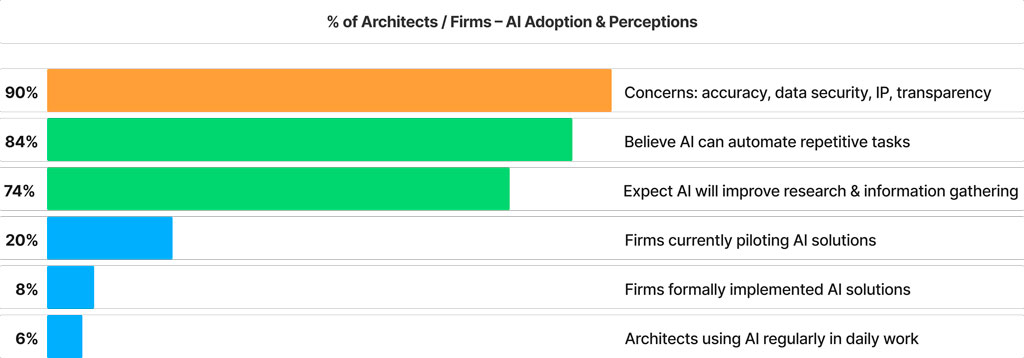
The Gap: Why We’re Not There Yet
The answer lies not in the algorithms themselves, but in the data they rely on. AI is only as powerful as the information it is trained on—and here, the AECO industry faces unique challenges.
Think of the enormous volumes of digital outputs generated every day: 3D models, drawings, specifications, schedules, spreadsheets, reports.
Considering that BIM adoption today is around 30% globally, and with an estimated 70 billion square feet of new construction each year (according to the latest GBPN study), that suggests roughly ~20 billion square feet are modeled annually, which represents a massive but still fragmented dataset, precisely the kind of challenge AI struggles with today.
Instead of flowing into a coherent system, much of this information ends up scattered across silos: different formats, different levels of detail, fragmented and inconsistent.
This fragmentation makes it difficult for AI to deliver on its promise. Without structured, standardized, and contextualized data, assistants are forced to operate in isolation.
They may excel at single tasks (like generating an image or suggesting text) but fall short of providing integrated, system-level insights.
While BIM adoption has improved structure, workflows across firms still remain inconsistent, often lacking a CDE or a data warehouse to truly systemize information.
This gap continues to create friction when trying to apply AI at scale.
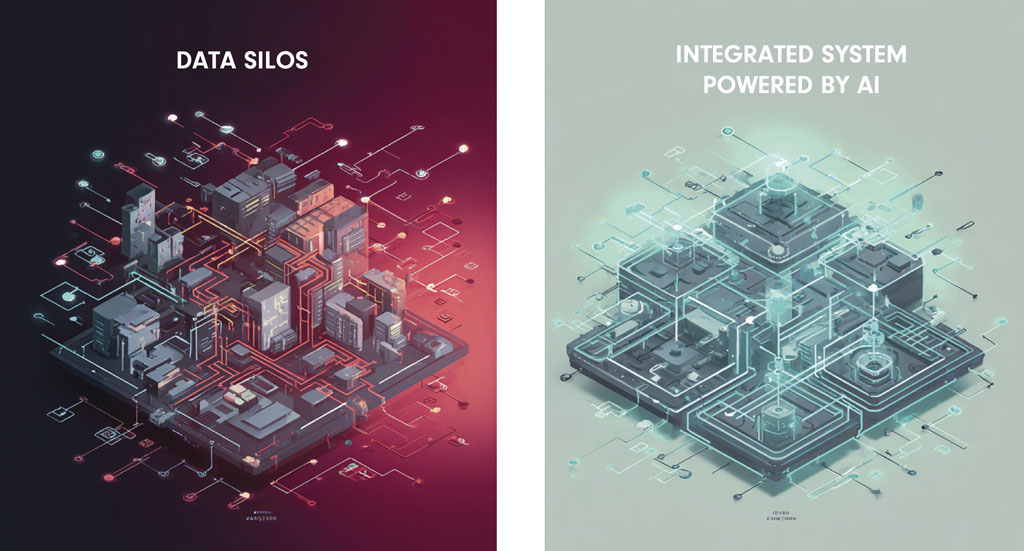
What We Can Learn About AI Assistants for Architects Right Now
AI isn’t a full copilot yet, much less a replacement for architects. Today, its value lies in targeted contributions:
- Automating repetitive tasks: from checking basic consistency in documents to assisting with drafting notes or specifications. This frees architects to focus on higher-level thinking and creative problem-solving.
- One way this is emerging is connecting LLMs with Revit through MPC (Model Control Protocol), enabling automated quality checks and data entry.
- Accelerating documentation: reducing the time spent on time-consuming deliverables, which can directly improve project efficiency and client responsiveness.
- This can happen when AI-driven text generation is combined with BIM parameters to automatically draft schedules, specifications, or even code-compliance notes automatically.
- Supporting early design stages: offering variations, exploring alternatives, or generating visualizations that inspire discussion. These contributions expand the creative process without replacing the architect’s judgment.
- In practice, we are seeing integration of GIS datasets with generative design algorithms, allowing teams to evaluate options based on site, climate, or zoning early on.
- Speeding up ideation: allowing architects to test more ideas faster, broadening the range of possibilities considered in the early phases of a project.
- Another direction is pairing AI-based design copilots with spatial optimization engines to produce scenarios and trade-offs at scale.

The real risk isn’t that AI will take over tomorrow —it’s that firms will ignore it today.
The real opportunity lies in starting small and building momentum:
- Identify quick wins: repetitive processes and research tasks where AI adds value fast, building confidence and practical experience.
According to research by FMI and PlanGrid, architects spend about 35% of their time on non-optimal activities, such as searching for information (34%), fixing coordination issues (29%), and redoing work (24%)— all tasks where AI could provide immediate relief.
- Invest in data quality: prioritize organization, standardization, and better documentation to create a solid foundation for future AI systems and more robust decision-making.
This can involve designing a data warehouse and defining clear schemas — steps we already explored in detail in our post *Building Your Own Data Warehouse.*
- Build hybrid teams: combine architects, technologists, and data experts who can bridge gaps and create new workflows, fostering collaboration across disciplines with AI help.
The rise of hybrid profiles (AEC Software Developers, Data Engineers) shows the way forward. For those interested in exploring this path, resources such as our video on becoming an AEC software developer or courses like Introduction to Programming for Architects and Engineers can be a first step toward bridging architecture and AI-driven innovation.
- Design incremental workflows: start small, test, adjust, and expand so AI adoption grows organically rather than being forced.
Adopt agile approaches, starting with small proofs of concept (PoCs) to validate use cases quickly before scaling into a full MVP. This reduces resistance, minimizes risk, and foster gradual integration.
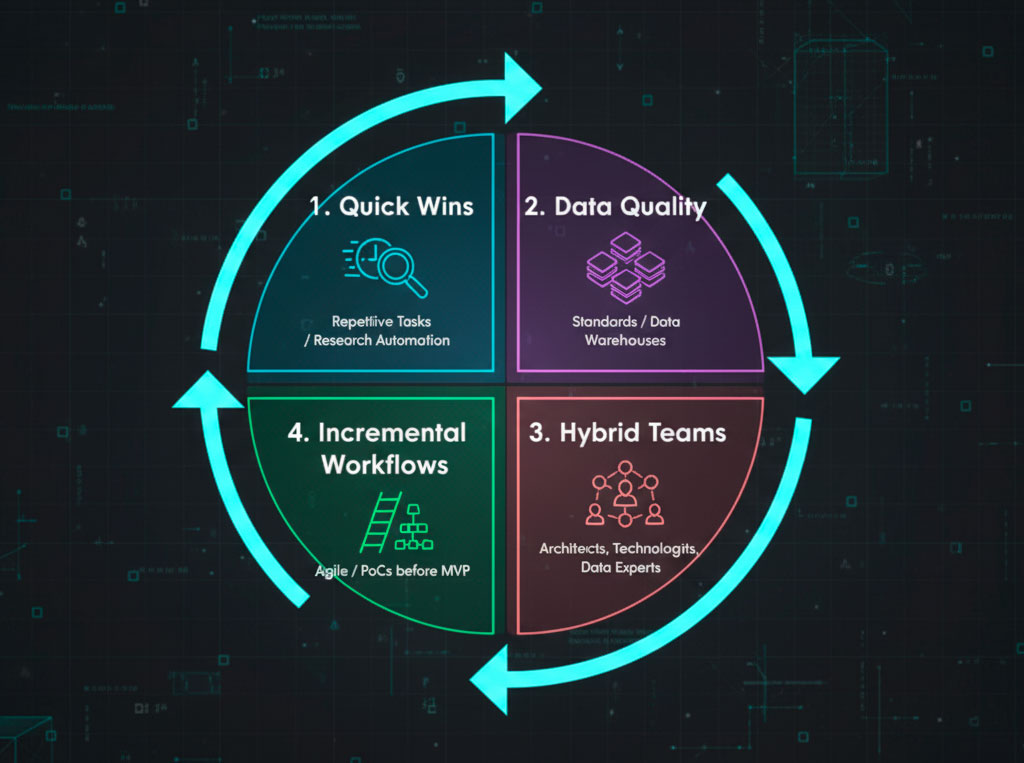
What’s Next (1-2 Years)
With AI progress accelerating, it’s realistic to expect significant shifts in the next couple of years within the industry:
- Native copilots in Revit and ACC: guiding decisions in real time as an integrated part of the design environment.
- Regulated generative design: producing alternatives already optimized to local codes, sustainability benchmarks, or specific performance goals.
- Automated Scan-to-BIM: machine learning will allow for automatic generation of categorized, accurate models from point clouds.
- Continuous data validation: driven by digital twins and living systems, enabling AI to monitor, adjust, update, and improve models dynamically throughout the project lifecycle
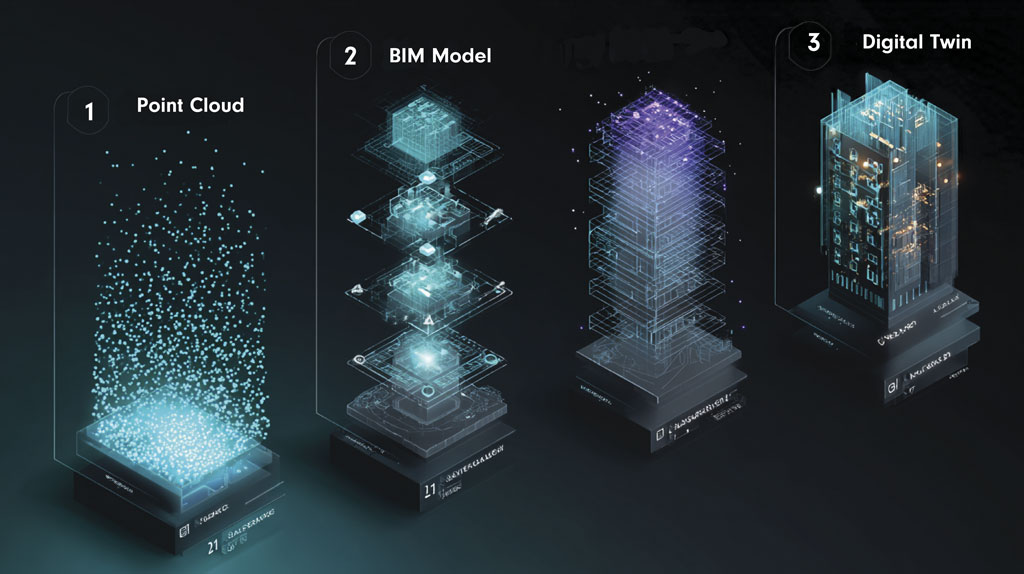
So, How Far Can We Go?
Right now, AI assistants can help us save time, explore design options, and make better decisions.
Tomorrow, their potential will grow as we learn to structure our data, design smarter workflows, and integrate creativity with technical rigor.
This isn’t just about efficiency: it’s about rethinking how architecture is conceived and delivered, and ultimately, how our industry continues to shape the world we live in.
So the question remains: how far are we ready to take AI in architecture, and how far will we let it take us?
Deborah Dieguez
I'm a Design Technology specialist who helps turn complex challenges into scalable, cloud-based solutions. My focus is on design automation and interoperability, transforming BIM from a simple tool into a powerful, data-driven workflow. My expertise lies in exploring how technologies like AI and programming (Python, C#, Revit API) can optimize processes and unlock new levels of collaboration in the AECO industry.
